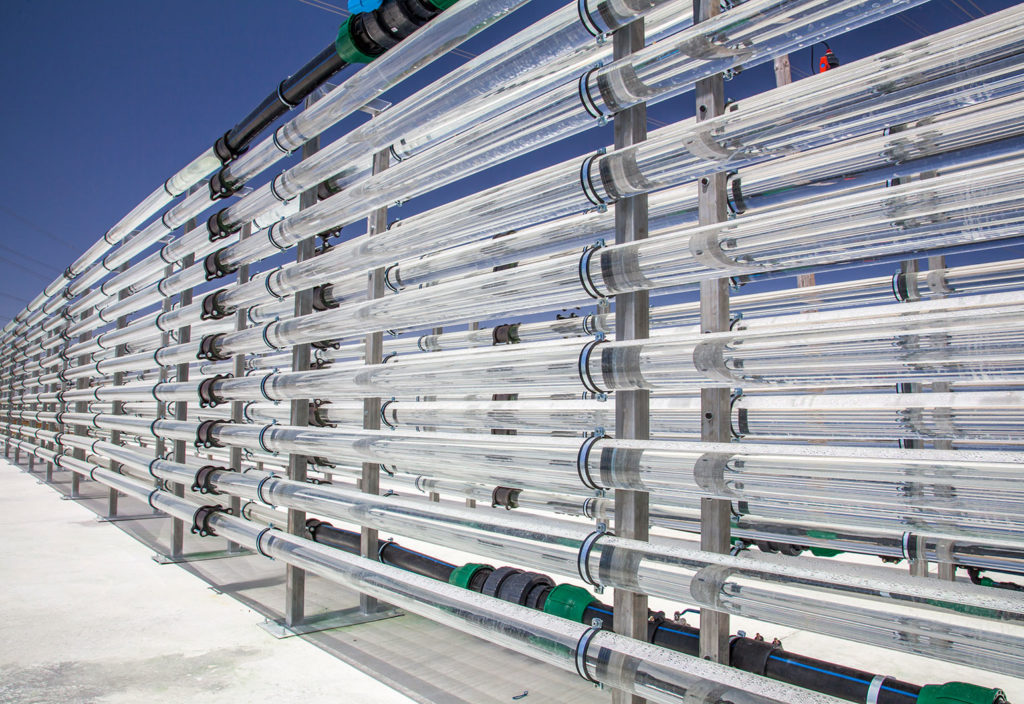Most climate change modelling includes carbon capture technologies to reduce atmospheric emissions. But a recent study questions whether it is effective when extraction, distribution and social costs are included in the mix.
Technologies that remove carbon dioxide from the air and emissions sources have attracted a lot of attention and investment in the hope they will help keep the global temperature rise to a minimum.
Research has indicated that carbon capture plants attached to fossil fuel generators and other intensive emissions sources can store or use up to 90 per cent of emissions. Technologies that capture carbon directly from the air have been proposed as a way to reduce emissions from other sources, such as transport and agriculture.
But Professor Mark Jacobson from Stanford University in the US said direct emissions are only part of the picture. Jacobson, a professor of civil and environmental engineering, has recently published a study that looked at the upstream emissions associated with carbon capture technology, including extraction of coal or gas, leaks and power to run the carbon capture plant.
He found that when these factors were included in the analysis, the equipment captured only 10 to 11 per cent of total emissions, averaged over 20 years.
“All sorts of scenarios have been developed under the assumption that carbon capture actually reduces substantial amounts of carbon. However, this research finds that it reduces only a small fraction of carbon emissions, and it usually increases air pollution,” Jacobson added in a statement.
Looking at all the emissions
Jacobson’s research, recently published in Energy and Environmental Science, analysed public data from two carbon capture plants: a carbon capture and use (CCU) plant attached to a coal-fired power station; and a synthetic direct air carbon capture (SDACC) plant, which directly removes carbon from the air using a chemical process. Both of the carbon capture plants analysed for the study were powered by natural gas.
The study found that the CCU could remove a net amount of 10.8 per cent total emissions (including upstream and downstream sources) averaged over 20 years, while the SDACC plant removed 10.5 per cent of total emissions. Averaged over 100 years, the proportion removed increased to between 20 and 31 per cent of total emissions.
The study also found that even without taking upstream emissions into account, the CCU plant attached to the coal plant was only 55.4 per cent efficient over six months, on average.
“The low net-capture rates are due to uncaptured combustion emissions from natural gas used to power the equipment, uncaptured upstream emissions, and, in the case of CCU, uncaptured coal combustion emissions,” the study stated.
Social costs
Jacobson’s study also investigated the social costs of carbon capture technologies, such as air pollution, health effects, economic costs and contribution to climate change.
It found that for the coal-fired power station, the social costs of installing and running the carbon capture plant were higher than running the power station without carbon capture, or not using direct air carbon capture to reduce emissions. This wouldn’t change if the carbon capture was powered with renewable energy rather than gas.
Jacobson added that there is a lot of reliance on carbon capture in theoretical modelling, which diverts resources away from real solutions.
“It gives people hope that you can keep fossil fuel power plants alive. It delays action. In fact, carbon capture and direct air capture are always opportunity costs,” he said.
